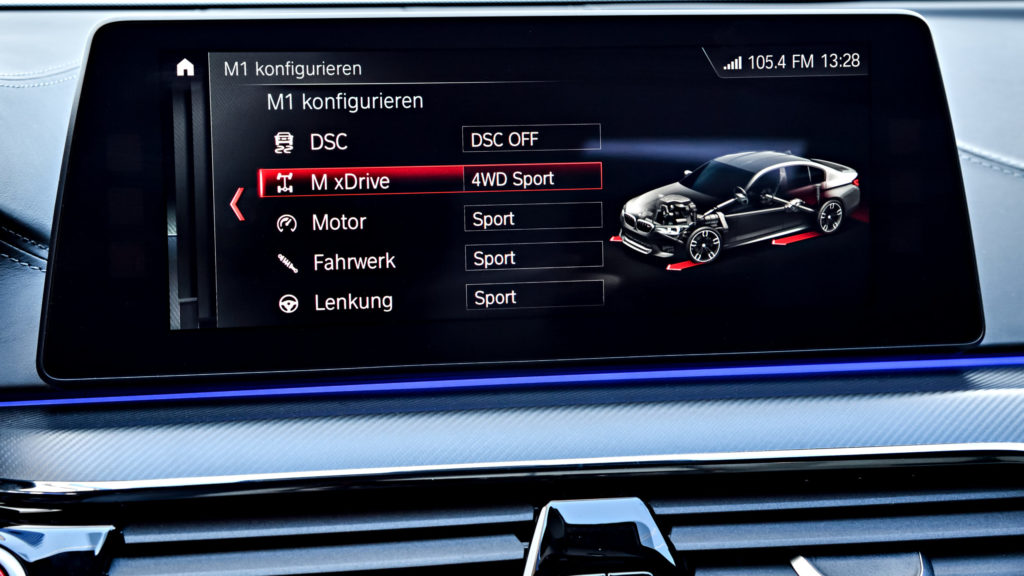The presence of all-wheel-drive systems is growing in the automotive landscape. What was once considered a specialty of select brands is now ubiquitous among a variety of different manufacturers, and these days, the BMW M5 comes standard with it. When the F90 M5 arrived with M xDrive for the 2018 model year, BMW devotees were initially skeptical. After all, all-wheel-drive had never been one of BMW’s core competencies, even with cult models such as the E30 325ix and a few others finding their way into the mix. Once the test results were in, however, it was clear that the addition of xDrive to the M lineup in a conventional model (and not something like the X5 and X6 M, which have come standard with xDrive since their debut over a decade ago) had elevated performance to a new realm. The M5 can once again challenge the likes of far more expensive and far less practical cars with fewer seats and doors, and it’s all thanks to routing some power to the front axle.
In the years since the current M5 arrived, BMW has continued to add all-wheel-drive to M and M Performance models. The M8 comes standard with it, and so do models like the M440i coupe and the M550i. The new M3 and M4 can also be had with M xDrive, but only if you opt for the automatic Competition derivative. The all-wheel-drive system used on traditionally rear-wheel-drive cars like these, however, is quite different than the system found within models such as the M235i Gran Coupé and the X2 M35i, for example, and the same goes for other manufacturers, like Audi, Volkswagen, and Volvo, for example.
It all depends on the underlying design of the system, and if it’s based on a fundamentally front-wheel-drive or rear-wheel-drive layout. In a recent video from Hagerty, Jason Cammisa explains how the various systems work in concise and easy-to-understand fashion, and sheds light on why drivers seeking to get the most out of their car in terms of experience should go after vehicles with primarily rear-wheel-drive systems. This is kind of system BMW uses in the current M lineup, which can actually be turned off to allow for rear-wheel-drive operation, as opposed to what’s found in something like the Audi RS6 Avant, for example, which is fundamentally front-wheel-drive. Both systems offer similar benefits in terms of maintaining traction, but only one has the distinct feel many of us have come to know and appreciate.—Alex Tock
[Photo and video content courtesy of BMW AG, Hagerty.]
